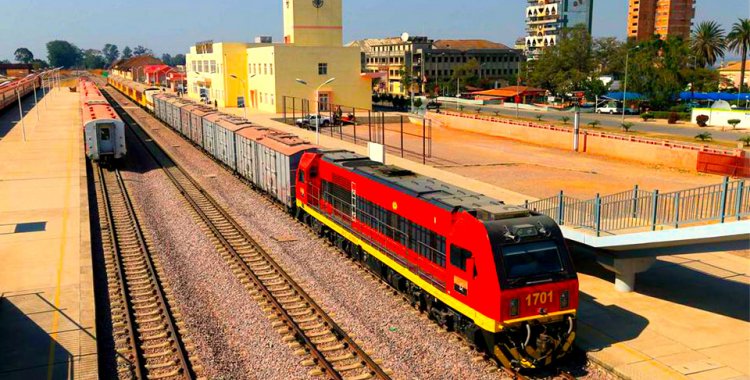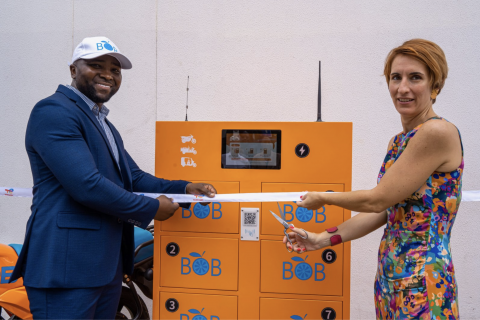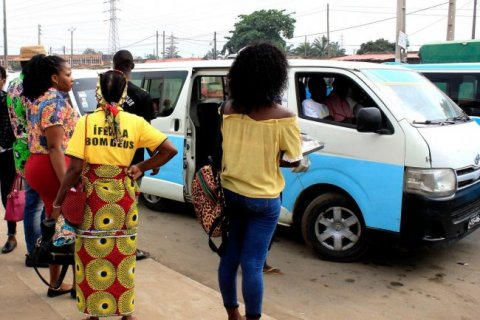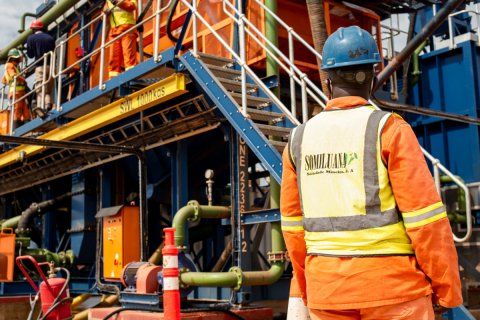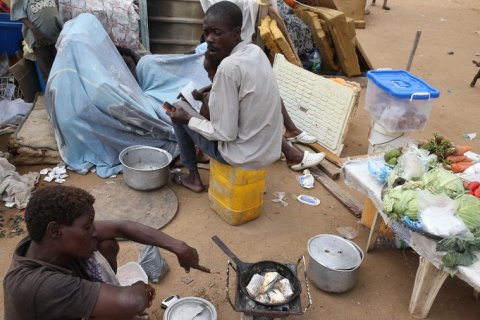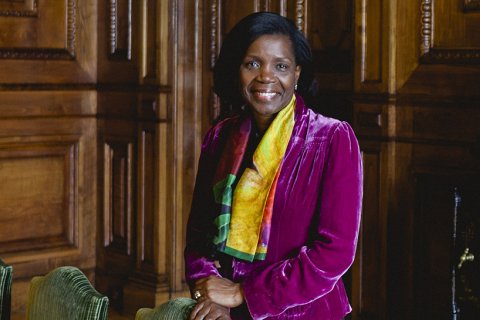The cooperation memorandum was signed by Mário Bernardo, president of the Association of Railway Technicians of Angola (Atefa), and Tomás Leiria Pinto, president of the Portuguese Association for the Development of Integrated Transport Systems (Adfersit).
For Tomás Leiria Pinto, the cooperation instrument aimed at training Angolan staff in the railway sector, within the scope of actions developed by Atefa, framed in the new paradigm of the Angolan railway sector.
"A new paradigm that, in essence, is to bring together not only technicians, but companies, universities, institutions to discuss the best paths for the railway solutions that Angola has", said the official.
The president of Adfersit highlighted the new investments in the Angolan railway sector, announced by the President, João Lourenço, as the railway connection to the east of the country.
Tomás Leiria Pinto highlighted the dimension of the railway corridor "of excellence" that connects Lobito to Luau, provinces of Benguela and Moxico, with more than 1300 kilometres, for the socio-economic development of the region.
"Which will allow not only to resume mining flow, but, more than that, allow the circulation of goods, especially agricultural goods, which are goods that can be more easily shipped by rail", he stressed.
The official, who was speaking on the sidelines of the 1st Cycle of Technical Conferences, as part of the celebrations of the 134th anniversary of the beginning of railway operations in Angola, guaranteed "the opening of Portugal" to help Angolan railway mobility.
"To help train technicians, to train people who can help the Government to find the best solutions for mobility, mobility is a factor of development not only in Europe, but throughout the world", he pointed out.
Angola "finally looks at the railways in a different way", he noted.
"And what is the different way? It is what we have just heard, which is to create a network, today Angola has inherited three lines from colonial times, three companies that do not connect between them", he added.
"This first big step is not only modernizing, as it is doing, but also connecting, building a network", he defended.
Angola currently has three railway lines, namely the Caminhos de Ferro de Benguela (CFB), Caminhos de Ferro de Luanda (CFL) and Caminhos de Ferro de Moçâmedes (CFM).
Rail transport and its impact on mobility, CFL's rail infrastructure on the Zenza-Cacuso section and its constraints, the importance of the signaling and communications system in commercial rail operations are some of the topics discussed at the meeting.
Ricardo Soares, responsible for the project management area of Siemens Portugal and Angola, spoke about the challenges of the railway sector, advocating greater adherence to economic, safe and reliable collective transport.
"And above all, they are environmentally friendly and the railroad, in this aspect, is the best transport we have, the train is the safest transport we have and, above all, it has a transport capacity that others do not have (...)", he said in statements to Lusa.
Regarding the importance of communication in road safety, he considered it essential for the railway to have "high levels of trust and safety, we have to transport people and goods from their point of origin to their destination more quickly, but with greater safety ".
"Derailments can be the result of many issues, the railway is a set, from the track to the systems, added to the rolling stock itself, the trains and carriages, now it is essential if we want to have a safe circulation", concluded Ricardo Soares .

